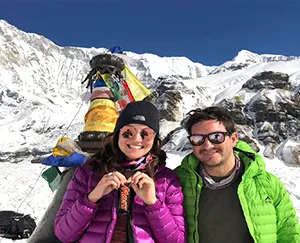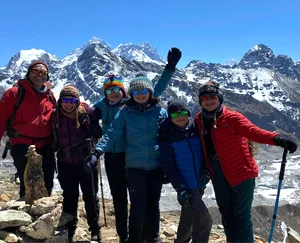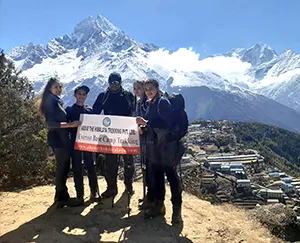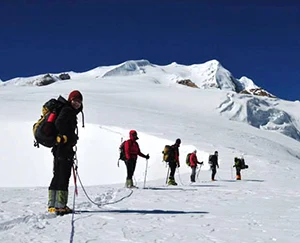Wildlife Safari in Tanzania
Trip Highlights of Wildlife Safari in Tanzania
- Enjoy the views of wildebeests, zebra, and gazelles across the Serengeti plains.
- Experience 5 big encounters of beasts like rhinoceros, buffalo, elephants, lions, and leopards.
- Go on hot air balloon safaris and enjoy game drives over vast plains.
- Visit the UNESCO World Heritage Site Ngorongoro Crater, which is a volcanic caldera and the habitat of several wildlife species.
- Experience a serene safari experience with sights of large herds of elephants and ancient baobab trees.
- Go to Africa’s largest protected area on secluded safaris that include walking and river-based wildlife expeditions.
- Explore Africa’s diverse ecosystem, including predators, herbivores, aquatic animals, and bird species.
- Experience authentic African culture at Maasai villages.
- Stay at budget campgrounds, mid-range lodges, mobile tented camps, or luxury lodges according to your taste and comfort.
- Learn sustainable tourism by contributing to local communities during travel, respecting wildlife, and promoting preservation culture.
Trip Extension
Suppose you have more time in Nepal after this trip. In that case, we can help you to extend your trip by running different treks in Nepal, tours in Bhutan and Tibet, Jungle safari tours at Chitwan, Bardia, and other National parks, Nepal luxury hotel booking, Rafting, Ultra-light flights, or any other travel-related services. You can get more information here.
Most Asked Questions by Travellers
![]() General
General
You should choose Tanzania for a safari because you will get the best of both worlds, with an experience of the wilderness and exploration of otherwise rare wildlife species.
The standard Tanzania safari is 6 days long. Likewise, it can be stretched till 8 days or more with the help of your trekking agency.
Yes, Tanzania is totally safe for tourists. Tourism in Tanzania has long been popular. However, there area few protocols you need to follow in order to ensure both safety and enjoyment.
Yes, you can combine your safari with a beach holiday with a relaxing stay in Zanzibar by consulting with your tour operator.
Yes, you can charge your devices during the safari at your hotel or lodge. The hotels offer charging ports or solar-powered stations.
Tanzanian Shilling (TZS) is the local currency; most tourist attractions accept US dollars.
![]() Preparation & Fitness
Preparation & Fitness
While it is not mandatory for all visitors to be physically fit, being so can be beneficial. In order to roam around the national parks throughout the day, a certain amount of strength and bodily fitness can work best in the traveler’s favor.
You can prepare for a wildlife safari in Tanzania by learning about each location. You can ask your travel operator to customize your itinerary outside of the standard one this way. Keep all your documents ready before your trip begins.
Yes, both children and older travelers can join a wildlife safari in Tanzania because the tours involve roaming in a vehicle, and physical activity can be minimal.
![]() Permits
Permits
Your safari package often includes park entry fees and conservation permits, which are managed by your trip operator.
Park-specific prices differ. For instance, admission to the Serengeti costs about USD 70 to USD 80 per person per day, and there is an extra conservation fee for Ngorongoro Crater.
Yes, you can book permits yourself. However, letting your tour operator handle the permits can save you from a lot of hassle.
![]() Insurance and Visa
Insurance and Visa
Yes, you need a travel insurance for Tanzania to cover evacuation, vacation cancellations, and medical emergencies.
Yes, most tourists need a visa to enter Tanzania. An eVisa can be obtained upon arrival at major entry points like Kilimanjaro International Airport or through an online application.
If you are traveling from an affected country, you must have a certificate of vaccination against yellow fever. For advice on preventing malaria, speak with your doctor.
![]() Guides & Support Staff
Guides & Support Staff
Yes, if you are hiring a tour operator for wildlife safari in Tanzania, your safari guides are likely to be certified.
While a majority of guides speak in English, some others can also be fluent in Italian, Spanish, German, or French.
A common price for tipping your guide can be USD 10 to 20 per day.
![]() Accommodation and Facilities
Accommodation and Facilities
You can expect all basic, medium priced, and luxurious accommodations during your wildlife safari in Tanzania. The facilities are going to depend on the price you are willing to pay for your stay.
Yes, the lodges in the wildlife are quite safe. The lodges are built in ways to protect you from any dangers and are always under the owner’s observation.
Yes, even the basic hotels are going to have electricity and Wi-Fi facility unless you are camping out in the wilderness.
![]() Food and Drinks
Food and Drinks
You can expect food like the local Tanzanian dishes and international cuisine during your wildlife safari in Tanzania. Vegetarian and vegan food are likely to be available.
Drinking water can be purchased in bottles or you need to carry a water purifying tablet at all times. Don’t rely on water that you get from just about any source as it may be dangerous for your health.
Yes, if you let them know in advance, most lodges and campgrounds can accommodate your dietary requirements.
![]() Weather & Seasons
Weather & Seasons
While the wet season (November to May) gives beautiful beauty and fewer tourists, the dry season (June to October) offers the best wildlife watching.
The days are very warm as compared to evenings which are cooler. This is to be expected more at a higher elevation.
Yes, you can go on a wildlife safari in Tanzania during the rainy season. You will find lesser tourists and lower prices during such season.
![]() Health & Safety
Health & Safety
Yes, safaris are safe from wild animals as you will be accompanied by a guide throughout your journey. You only need to follow the guide’s instruction for your safety.
Yes, getting a malaria medication can be helpful because you will be traveling to a hot location.
Yes, many safari operators even run a 24 hours emergency medical service.
![]() Packing & Gear
Packing & Gear
You need to pack binoculars, insect repellent, sunscreen, a camera, a wide-brimmed hat, and neutral-colored clothes.
Yes, there are often strict weight restrictions on small safari flights. The weight limits ranges from 15 to 20 kilograms per person in soft baggage.
Bringing both cash and cards can be useful. While most lodges accept cards, US dollars are also accepted for smaller transactions and tips.
![]() Booking & Payment
Booking & Payment
It is best to book your safari at least 3 to 6 months in advance.
Bank transfers, credit cards, or online payment platforms like PayPal are the accepted payment methods during wildlife safari in Tanzania.
Refund guidelines vary. Before making a reservation, you should always check the operator’s cancellation policies.
![]() Transportation & Flight
Transportation & Flight
The majority of safaris start in Dar es Salaam or Arusha. Major parks in your itinerary can be reached by car or small charter flights.
Yes, internal flights can be safe, especially when you are flying with companies like Coastal Aviation and Auric Air.
Yes, you will be picked up from and dropped off at the Kilimanjaro International Airport at the beginning and end of your wildlife safari in Tanzania.
Best Price Guaranteed, Easy to change Date, Instant Confirmation
Book This TripBook with Confidence
- Flexible bookings and easy trip date changes
- Personalized service and customized group sizes
- Safe travels with owner-operated services and highly experienced guides
- Best price guarantee for the most value for your money
- Secure & easy online booking
Your Trek Leader
 Enjoy Himalayan scenery with the help of Nepal’s best guides with Government license holders and got training in first-aid, our Trip Leaders, know where you’ll find the best photos, most fascinating wildlife, and the best stream crossings.
Enjoy Himalayan scenery with the help of Nepal’s best guides with Government license holders and got training in first-aid, our Trip Leaders, know where you’ll find the best photos, most fascinating wildlife, and the best stream crossings.

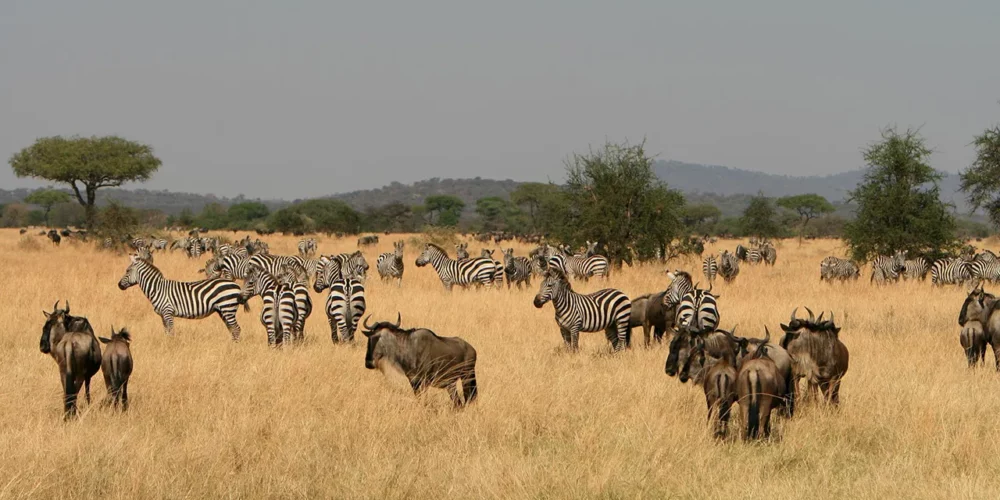
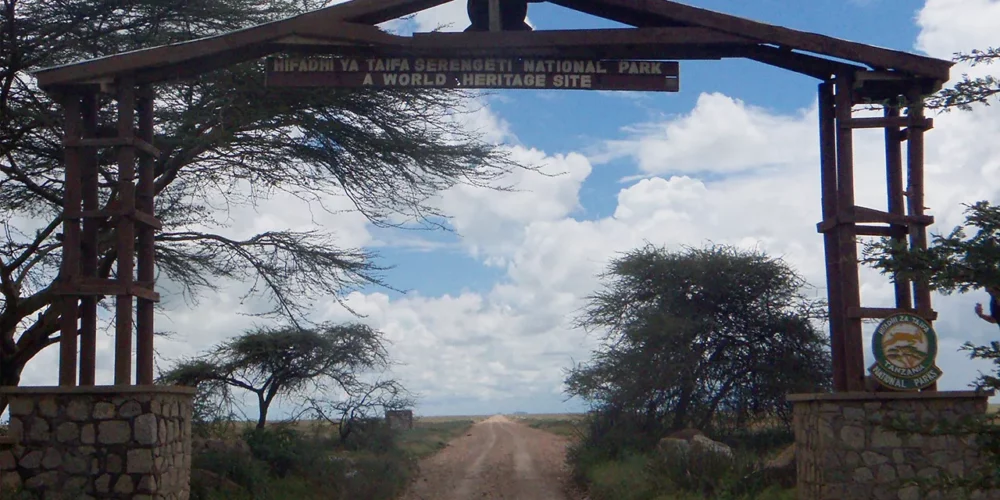
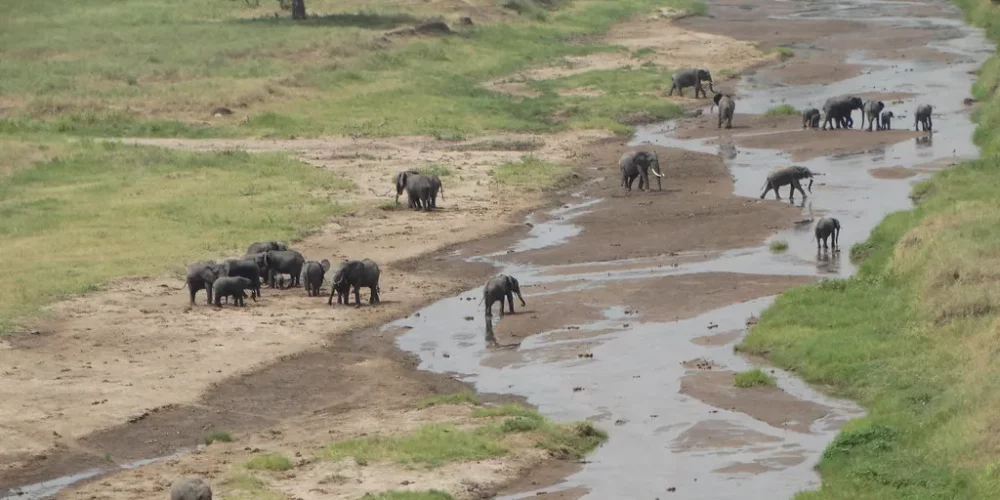




 Have Questions?
Have Questions?